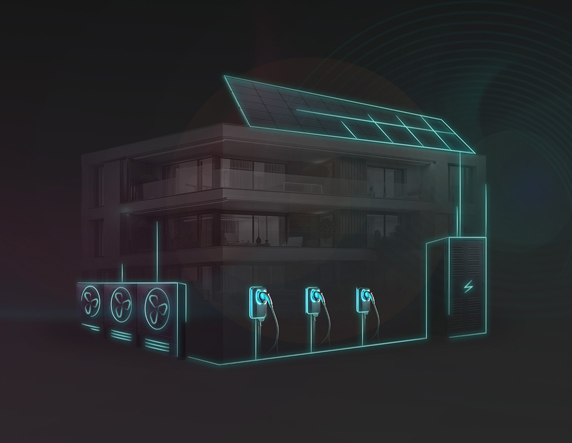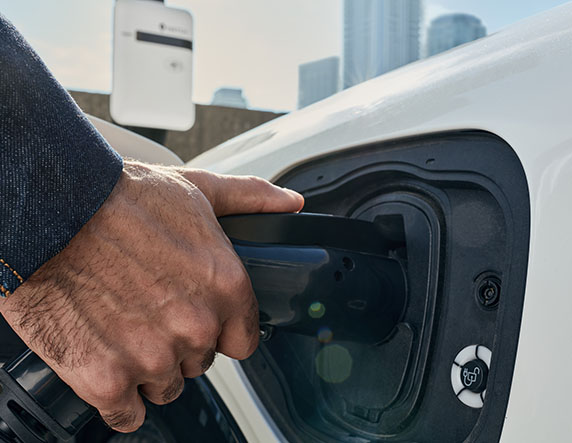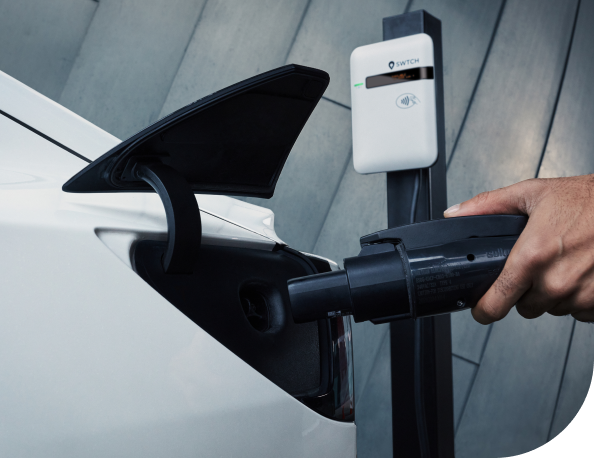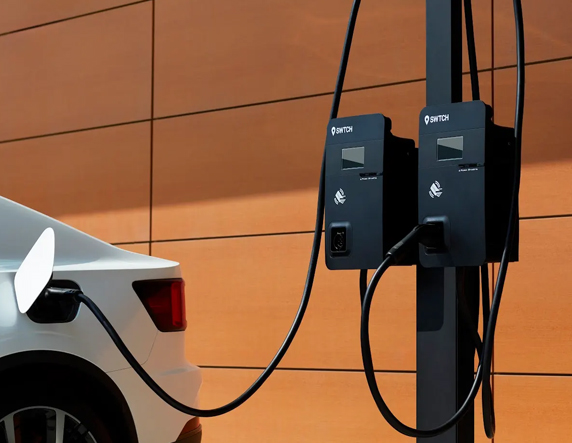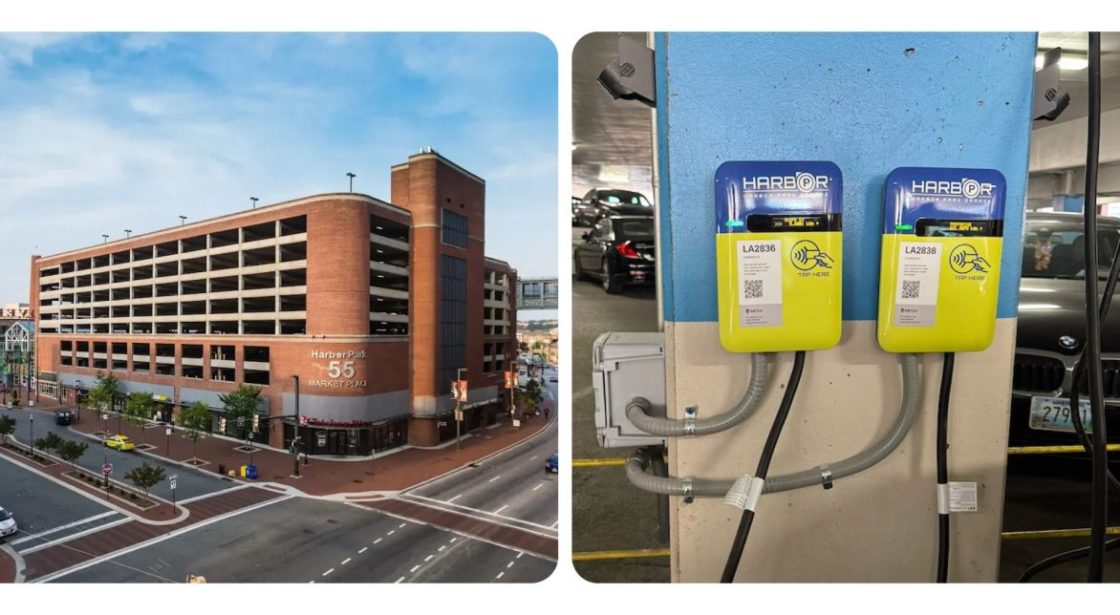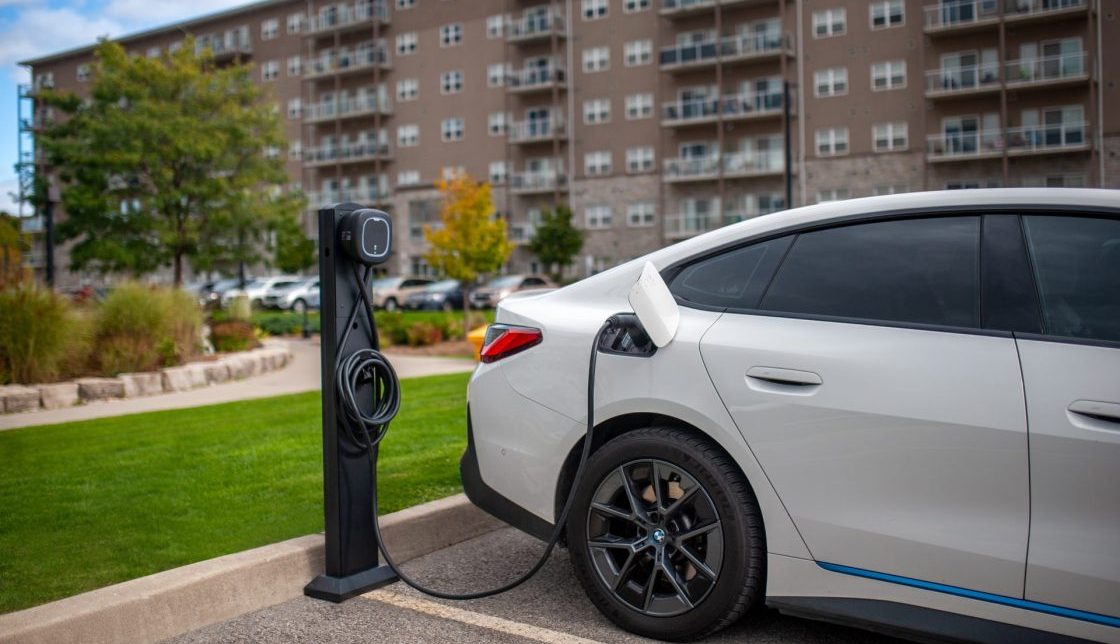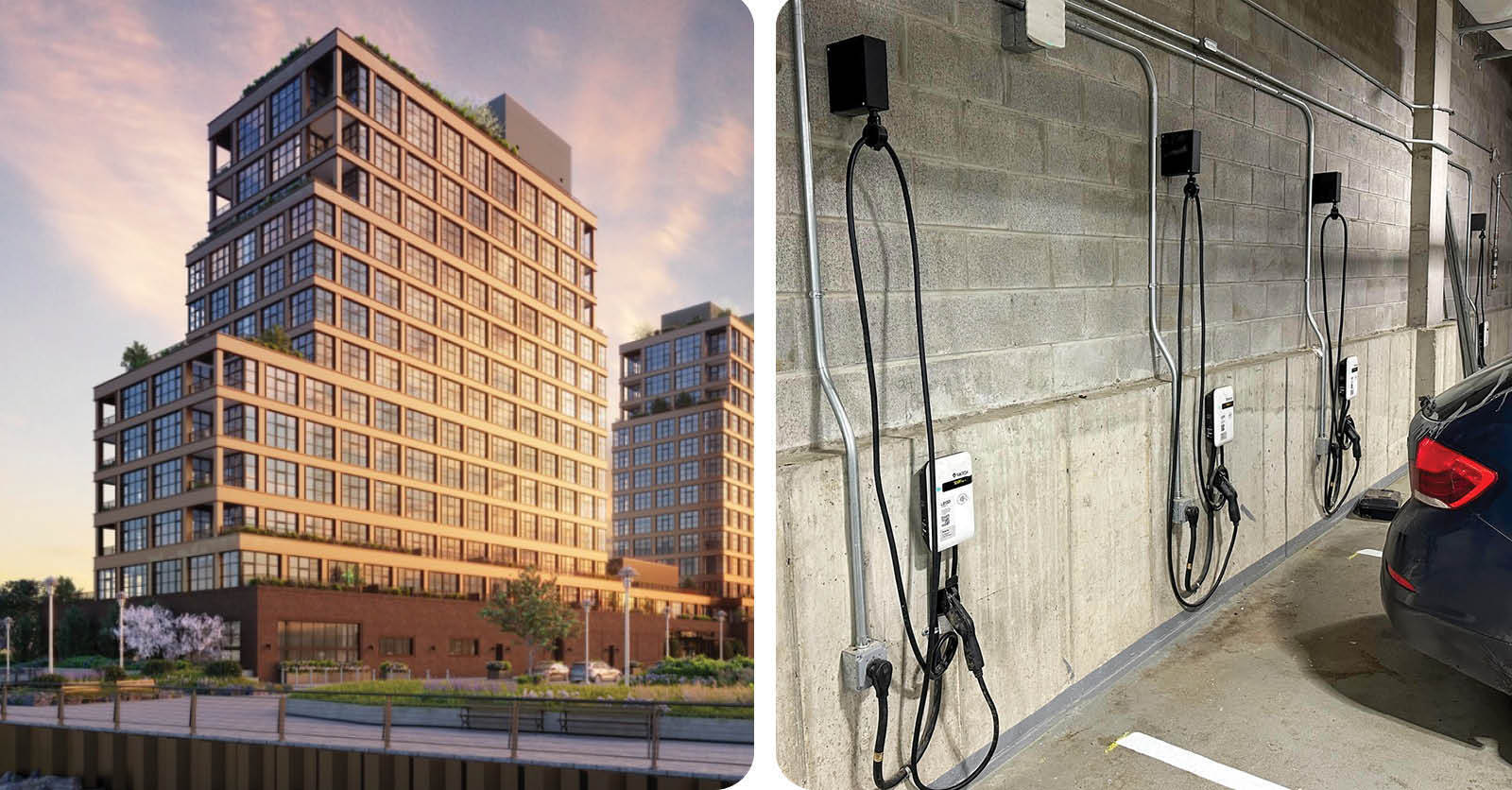How SMECO Turned an Unexpected Migration Into an Opportunity to Expand Its EV Charging Network
When Southern Maryland Electric Cooperative (SMECO) heard that Shell Recharge would be discontinuing support for third-party EV chargers, the news was somewhat alarming. With just 120 days to migrate their entire charging network and a small team to handle the transition, the cooperative faced a significant challenge.
“SMECO has a very small team to handle the 40 chargers we have installed, and there was concern we wouldn’t have the internal knowledge base to handle a migration,” said Natasha Law, Proposal Manager at SMECO. “There was also concern about the drivers that depend on the SMECO chargers and what a migration would mean to them.”
SMECO soon realized, though, that this surprise migration could also offer an opportune moment to expand their network to 100 charging stations across Southern Maryland—with 60 new installations specifically targeting multi-family residential locations where EV adoption faces the biggest barriers. They just needed a good plan to help them see the idea through.
Building EV Infrastructure Before the Demand
SMECO’s charging journey began in January 2019, when the Maryland Public Service Commission approved a five-year pilot program to accelerate electric vehicle adoption statewide. As a cooperative serving a smaller territory in Southern Maryland, SMECO initially planned to install up to 60 charging stations across their service area.
At the time, fewer than 1,000 electric vehicles were registered in their territory. But SMECO understood a fundamental truth about how to make EV adoption go smoothly: ample infrastructure needed to be in place before drivers would feel ready to drive electric.
“We wanted our customer-members to see and use the chargers to get over their range anxiety,” explained Natasha.
The strategy worked. Month over month, utilization rates continued to increase as more residents gained confidence in electric vehicle ownership, knowing reliable charging infrastructure was available throughout their community.
By 2023, SMECO had successfully deployed 40 charging stations—36 Level 2 stations providing 72 charging ports, and 4 DC fast charging stations offering 8 high-speed charging ports. Then came Shell Recharge’s announcement about ending support for third-party chargers.
The timeline was tight. SMECO would need to issue a Request for Proposals, evaluate vendors, select a partner, negotiate and sign a contract, and begin migration—all in just over 120 days. For any organization, this would be demanding. For a cooperative with limited resources, it represented a significant undertaking.
The Importance of a Good Partner
Having selected a charging network provider once before, SMECO approached their second evaluation with refined priorities based on real-world operations experience. While their original selection had focused primarily on installation capabilities—which served them well during the pilot phase—reliability had emerged as equally critical.
“Customers who use these chargers require them to be ready to use at all times,” said Natasha. The cooperative required a solution that not only met Maryland’s stringent 97% uptime requirement but also consistently exceeded it.
Three criteria topped their list:
- Proven experience with network migrations
- Technical capability to minimize disruption to existing users
- Demonstrated commitment to reliability and customer service
Given their small internal team, SMECO knew it needed a partner who could handle many of the complex technical aspects involved in migrating and installing chargers while also providing ongoing operational support once the upgraded network was up and running.
Why SWTCH was Selected
Among the vendors SMECO evaluated, SWTCH stood out through their deep engagement with Maryland’s electric vehicle ecosystem and participation in state EV working groups.
“SWTCH being so engaged meant they heard the driver’s frustrations with reliability and the issues that the utilities had around reporting metrics,” said Natasha. “They understood those pain points and could help address them.”:
Equally important was SWTCH’s approach to customer service, supporting both drivers and utilities effectively with responsive troubleshooting and proactive monitoring designed to prevent charging session disruption from happening in the first place.
A quick, painless migration
Despite the tight timeline, the migration proceeded smoothly thanks to dedicated SWTCH migration specialists working closely with SMECO’s team. The implementation strategy prioritized maintaining service continuity while systematically transitioning each charging station to the new platform.
“Both the migration team and the onboarding team have been great,” said Natasha. “The constant communication helped me know where we were in the migration process. It’s really nice being taken care of!”
The result: drivers experienced minimal disruption during the migration period, preserving the trust and reliability SMECO had built over five years of operation.
Expanding Where It Matters Most
The successful migration laid the groundwork for SMECO’s network expansion. The cooperative is now deploying 60 additional charging stations specifically targeted at multifamily residential locations throughout Southern Maryland.
This expansion addresses a critical gap in EV adoption. Multifamily residents often face significant barriers to electric vehicle ownership due to limited access to home charging options. By strategically placing charging stations at apartment complexes and condominiums, SMECO is removing one of the primary obstacles to EV adoption in its service territory.
The partnership structure ensures long-term sustainability and local control. SMECO will own and operate all stations, maintaining direct relationships with its customer-members while ensuring charging infrastructure decisions align with community needs and cooperative principles.
The Results: Growing Confidence, Growing Adoption
Monthly utilization data continues to show steady growth, reflecting increasing EV adoption across Southern Maryland. The reliable operation of SMECO’s charging network, now enhanced by the SWTCH platform’s capabilities, provides the confidence residents need to make the transition to electric vehicles.
SWTCH’s platform gives SMECO comprehensive network management capabilities, including real-time monitoring, usage analytics, and automated reporting tools that help meet Maryland’s regulatory requirements.
Lessons for Other Utilities
SMECO’s experience proves that challenges like unexpected platform migrations can become opportunities for growth and improvement. Their advice for other utilities considering EV charging initiatives or facing similar challenges is straightforward:
“Look for a solution that best fits your top priorities. And make sure the provider has great customer service. Customer service programs for both drivers and the management of the chargers are equally important.”
Today, as EV adoption accelerates across Southern Maryland, SMECO’s network stands ready to support its community’s transition to cleaner transportation, proving that sometimes the best opportunities come disguised as challenges.
Ready to build a world-class EV charging network?
Contact SWTCH to start off on the right foot!
